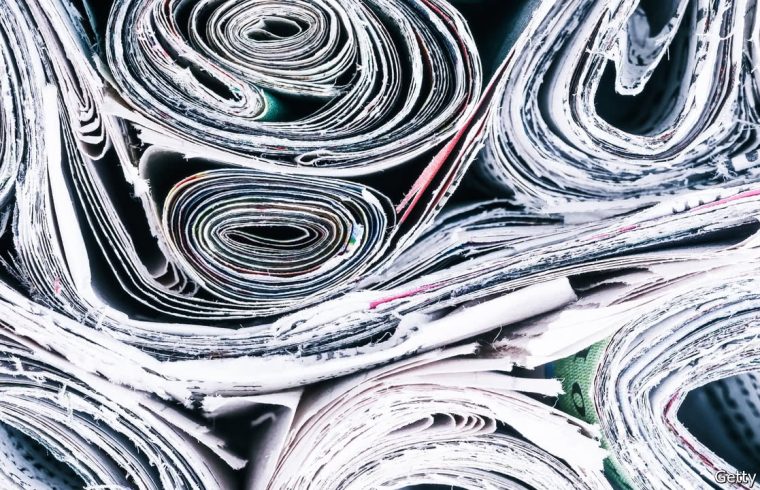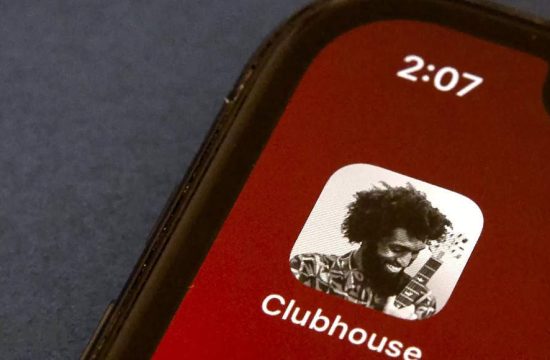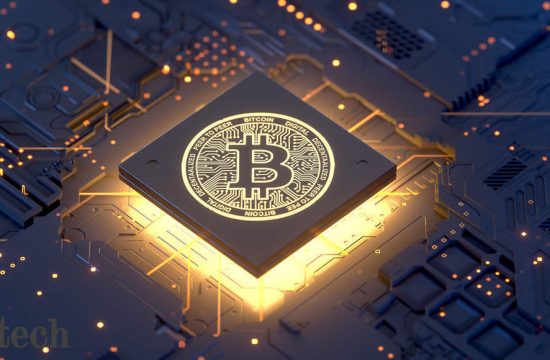
A PIECE of paper is a complicated product. Trees are felled, stripped of their bark, chipped, mashed, and then mixed with water and churned into pulp. That pulp is washed and refined, before being beaten to a finer slush. Laid out flat, drained of water, then squeezed between large rollers, the slush at last becomes one large, long sheet of paper.
All those machinations introduce a great deal of randomness to the arrangement of fibres within an individual piece of paper. In an article due to be published in Transactions on Privacy and Security, Ehsan Toreini, a security expert at the University of Newcastle, and his colleagues, describe a way to turn that randomness into a “fingerprint†that is unique to any given sheet of paper. (In security jargon a fingerprint is any unique, identifying pattern, not just one from a finger). That could, they hope, help to cut down on fraud.
The researchers are not the first to realise that paper might be fingerprintable. In 2005 a team from Imperial College London used a laser to scan the surface of a sheet of paper from four different angles, using the intensity of the reflected light as proxy for surface structure. In 2009 scientists at Princeton University used an off-the-shelf scanner to construct a unique, three-dimensional model of the surface.
Dr Toreini’s technique starts by shining a light through a piece of paper from the back. A carefully-measured box is printed on the backlit paper, to ensure it can be aligned properly. Instead of lasers or scanners, a picture is taken with an ordinary digital camera. The next step is to apply a processing tool called a Gabor filter to the resulting image, which analyses how frequently certain patterns appear and where, spitting out two long numbers that are a mathematical description of the paper’s texture. It is these numbers that serve as the fingerprint.
Using an ordinary digital camera keeps things simple, and therefore quick and cheap. Both the Princeton and Imperial methods require scanning a sheet of paper several times; the new technique requires only a single image and can be done in just over a second.
At the same time, by backlighting the paper, the researchers can take their picture through the entire depth of the paper, rather than just relying on the patterns on its surface. Capturing that extra information gives a more detailed description of the paper’s structure, and makes the technique much harder to fool. A determined fraudster might be able to rearrange the pattern of fibres on a piece of paper’s surface. Doing it through the whole sheet is much trickier. For the same reason, the technique is much more resistant to the sort of day-to-day wear and tear that could alter the paper’s surface.
Fingerprinting paper is just one example of a more general trend of using the randomness inherent in manufacturing to generate unique identifiers for individual objects. Intrinsic ID, a Dutch firm, uses an analogous process for silicon memory chips. Slight and unavoidable variations in the tiny circuits inside such chips means that running electricity through one can generate a unique fingerprint in essentially the same way that light does for paper. The firm’s technology is already used in American bank cards.
The biggest advantage of such techniques is there is no need to bolt complicated security features on top of existing products. More than 100 countries issue passports containing radio-frequency identification chips, for instance. Dr Toreini’s technique could keep passports secure with a lot less fuss.







